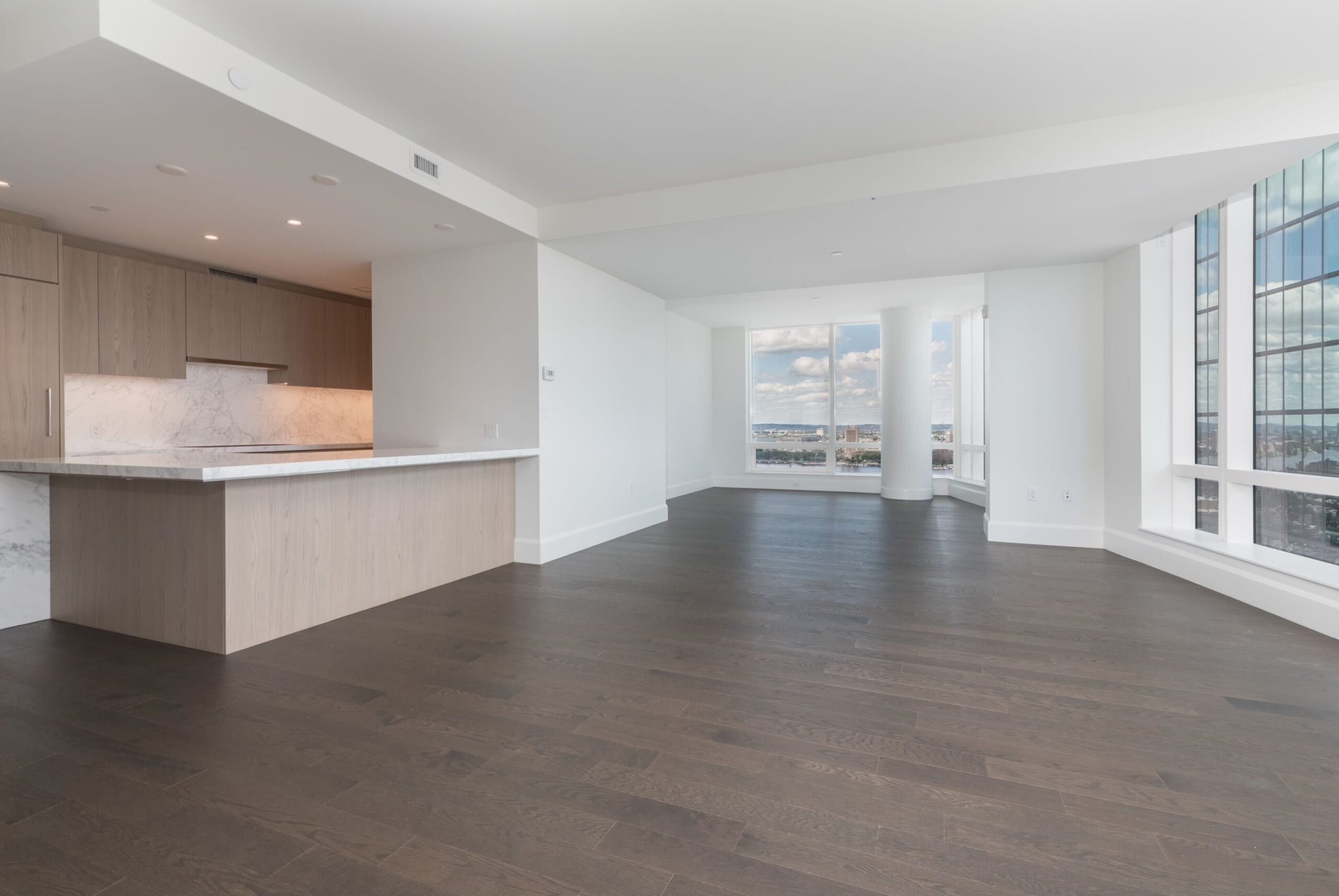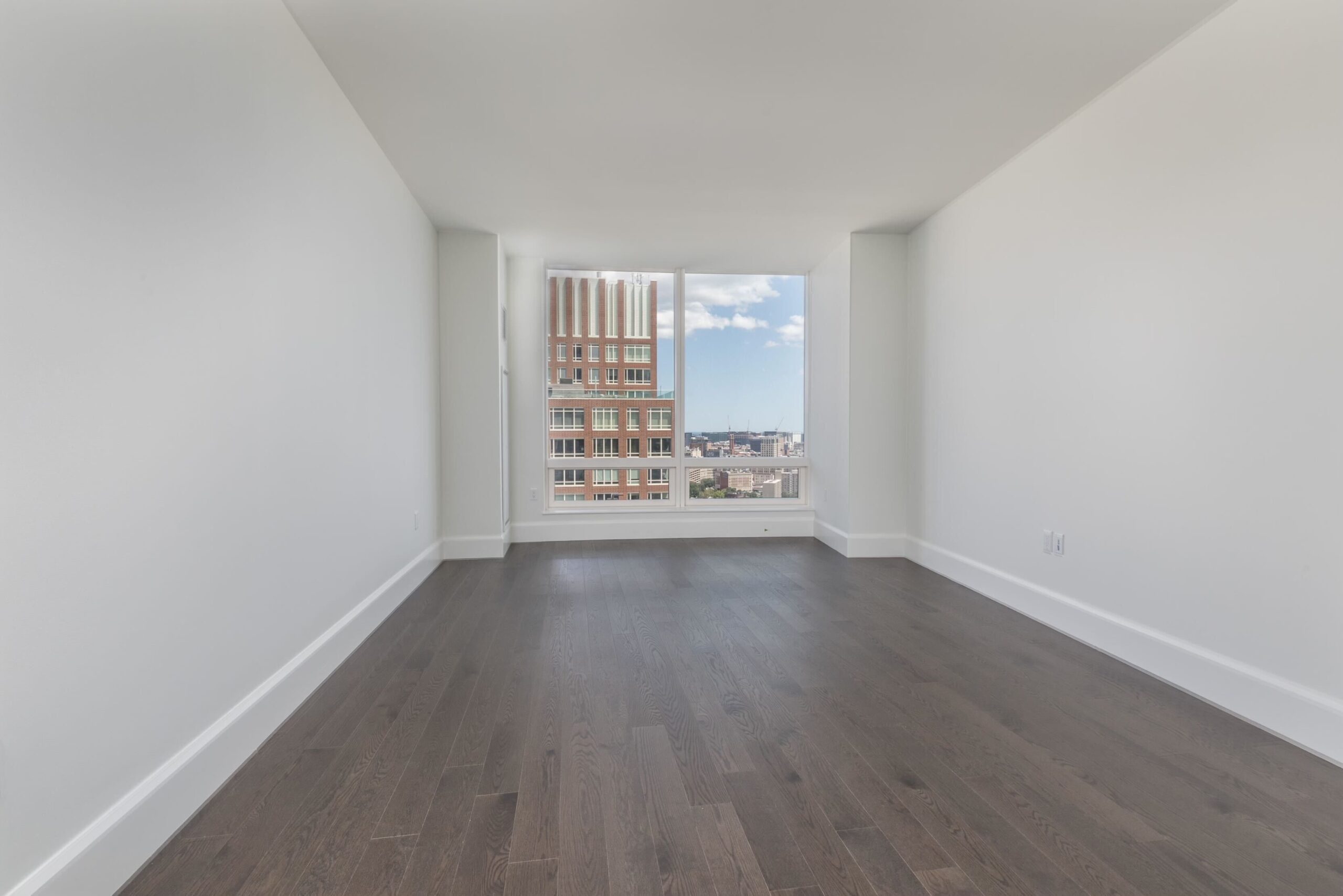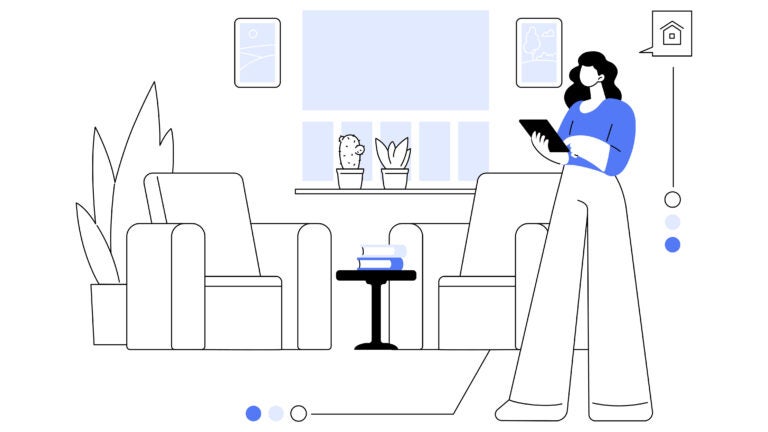Real Estate
Design experts tell you how to spot them, and realtors weigh in on being transparent about it.
When shopping for a new home, which properties catch your eye? It probably isn’t the empty house with the garish paint job or the “thoughtfully remodeled” space with tons of empty floor. Homes show better when they’re beautifully decorated.
Sellers and realtors have long turned to home stagers to help make properties more appealing. But these days, in an increasingly digital world, home staging can mean something different.
Real estate professional Barb Schwarz invented the concept of home staging in 1972. Inspired by her background in musicals and off-Broadway plays, Schwarz brought the idea of “setting the stage” to the world of real estate.
Staging now plays a key role in marketing a property. In the National Association of Realtors Profile of Home Staging, 58 percent of buyer’s agents said it had an effect on most home shoppers’ view of the property most of the time, and could increase the dollar value offered from 1 percent to 5 percent (compared to similar unstaged abodes).
In recent years, virtual home staging has begun to dominate over traditional staging. Virtual staging brings many benefits: It’s more cost-effective, less of an inconvenience for sellers, and takes significantly less time. Empty or poorly decorated rooms can be completely transformed in no time.
With the benefits of virtual staging for sellers comes challenges for buyers. Virtual staging helps homes look more appealing than they actually are. Buyers could show up to a space and be disappointed. It’s akin to a bad Tinder date experience — “I swear he looked different in his profile!” When the virtual stage outshines the physical space, buyers can feel deflated and completely turned off.

And some realtors and home staging companies don’t disclose that a room has been virtually staged.
“We don’t recommend anything [in terms of disclosure],” said Dave Costello, cofounder of Atlantic Virtual Staging. “If you’re just taking a photograph of a room and digitally adding in furniture, window treatments, and art, that’s what a room could be; that’s what a buyer could do to it.”
It’s up to the real estate agent to disclose this, either by watermarking the photo, revealing it in the caption, or by running a picture of the empty/unaltered room immediately after the virtually staged photo.




As a buyer, you may feel entitled to know whether what you’re looking at is real. How can you tell if a listing photo has been digitally altered?
“What’s common in 3D-rendered images, generally, is that often the structures, materials, or certain features depicted exhibit impossible physics,” said Bolor Amgalan, an assistant teaching professor at the Northeastern College of Arts, Media and Design, or CAMD. “For example, very thin stairs that do not appear to be structurally supported by anything, unusually light areas where there is no visible source of light, or strange shadows cast by invisible objects.”
Amgalan, and other design professionals, said the answer usually lies in the lighting.
“Where is the light source, where should shadows fall, and does this logic agree with the image you see?” said Dennis Svoronos, an adjunct professor at CAMD. “It’s usually the light, shadows, and reflections that expose them as altered.”
“I think the lighting in digital renderings feels completely off,” said Sofie Hodara, an assistant teaching professor of design at CAMD. “It’s too controlled — never overblown, never too light, never a weird color, never making a strange distortion.”
Hodara said digital rendering and virtual staging may eliminate two exciting parts of home buying: imperfection and personality. There are no personal artifacts, signs of wear — the factors that help you envision a house as a home.
Virtual staging can help a buyer visualize what a room can look like, but it’s helpful to know when it’s just a simulation. Use these tips to temper expectations and ground your house hunt in reality.
Address newsletter
Get the latest news on buying, selling, renting, home design, and more.
